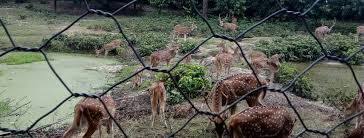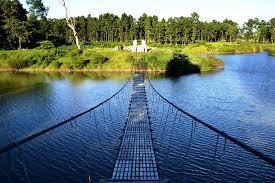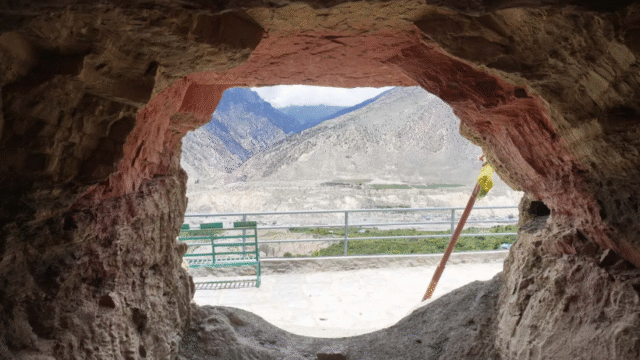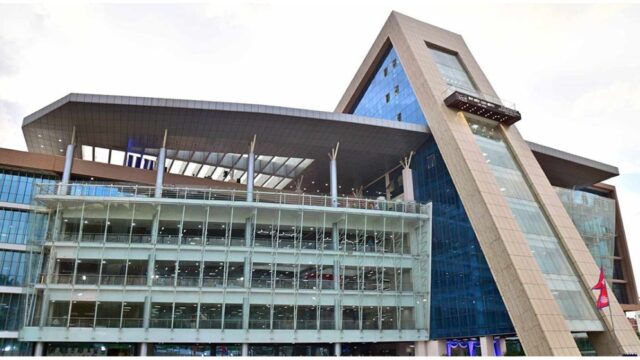The Jamunkhadi Community Forest Users Group and the Jamunkhadi Wetland Area, located in wards 1 and 2 of Kankai Municipality, Jhapa, have been developed into tourist destinations. According to Parshuram Giri, Chairperson of the Community Forest Users Group, more than 5,000 domestic and international tourists visited Jamunkhadi on the Nepali New Year (Baisakh 1) alone. Established in 2008 (2065 B.S.), Jamunkhadi is one of the earliest tourist destinations in eastern Nepal. Though its popularity declined in recent years, Giri noted that tourist arrivals are increasing again due to new attractions and improved management.
Recent developments include the construction of a children’s park and the installation of various statues. Jamunkhadi Community Forest spans 443 hectares, of which 32 hectares are designated for wetland and tourism purposes. Since its inception, the forest has served as a haven for wild animals, even before government permission was granted for keeping such animals. In 2015, the Division Forest Office approved a management procedure created by the forest group, enabling the construction of animal shelters and other infrastructure.

Currently, a managed deer habitat spans 11 bighas within the wetland area, with additional secure spaces for other wild animals. The forest is home to various species including spotted deer, sambars, wild boars, leopards, bears, pythons, monkeys, porcupines, mice, ducks, and several bird species. The forest group ensures proper feeding and care for these animals.

Secretary of the group, Deepak Oli, stated that a budget of NPR 15 million was provided by the provincial government in fiscal year 2075/76 for wildlife conservation infrastructure, with continued support from the Tourism Board. Once attracting up to 300,000 tourists annually, Jamunkhadi saw a decline due to financial constraints. “If the government supports our current efforts, we can easily develop Jamunkhadi into a model tourist destination in the east,” said Oli.

Vice-chairperson Renuka Khawas shared that all members of the forest committee are working tirelessly to further improve the site. “We’ve just built a children’s park, which is already attracting more visitors,” she added. Treasurer Chetkumari Sapkota (Rachana) mentioned the financial burden of feeding the protected animals daily. Lower tourist turnout often makes it difficult to cover costs. “We have over 15 staff members whose salaries must be paid,” she said. “Even if salaries are delayed, we must still manage daily food supplies for the animals from grass to meat which creates financial challenges.”
Located about one kilometer north of the East-West Highway, Jamunkhadi has convenient transportation access. The entrance fee is NPR 100 per visitor, with additional fees for activities like boat rides, mini trains, and other amusement park games.






